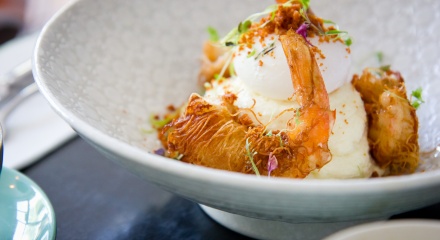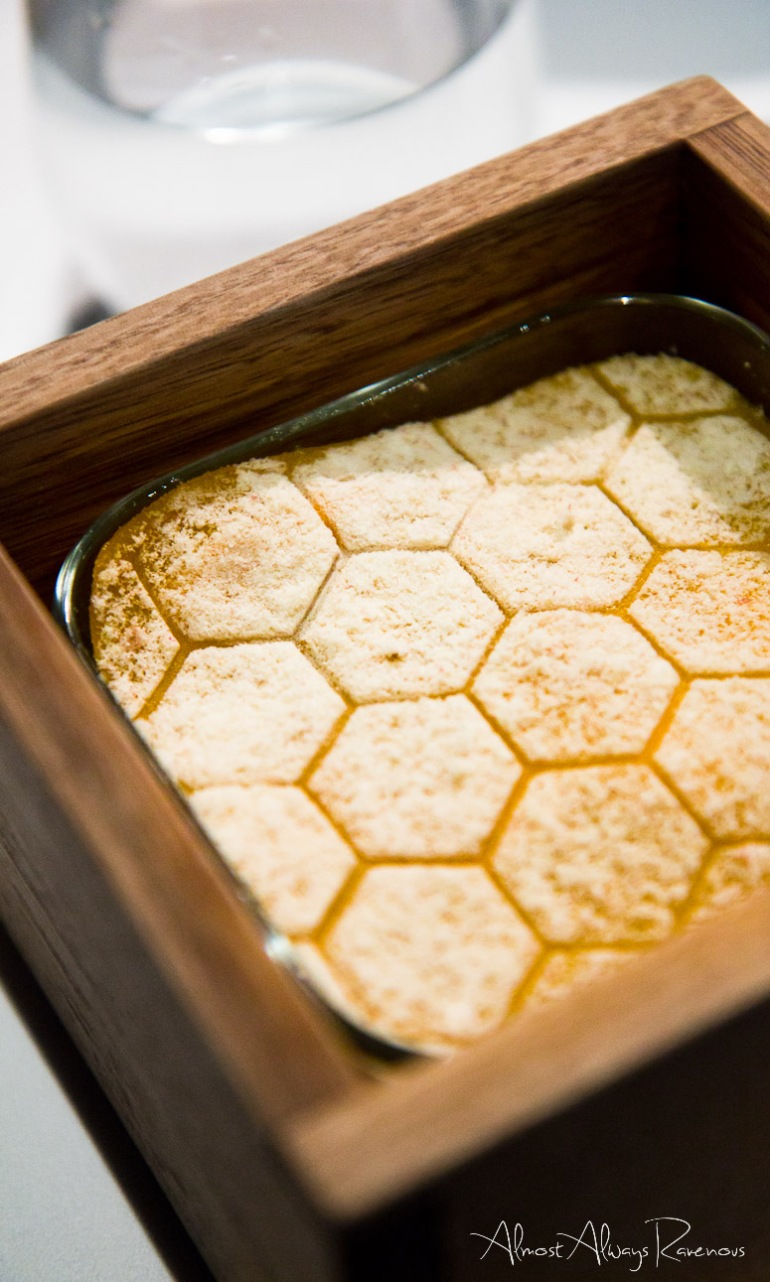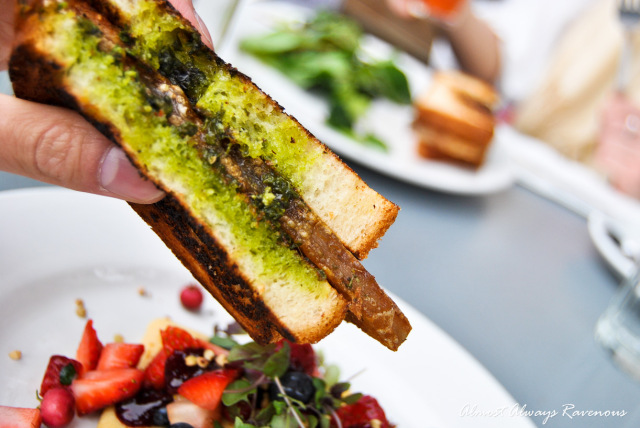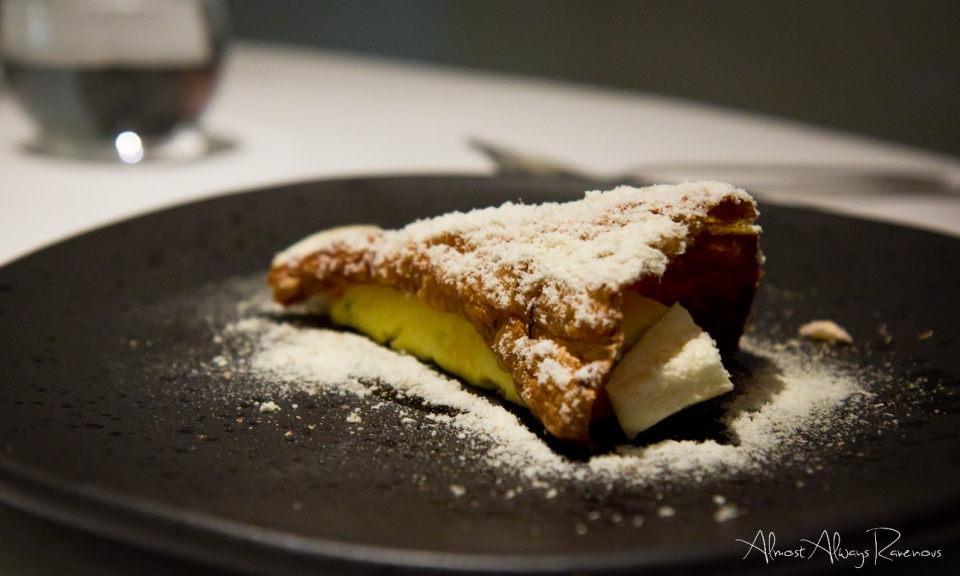Introduction for beginners: Wine Tasting
After my attempt at writing up my post on Balgownie Estate & Sandhurst Ridge Winery, I decided I needed to move beyond my very non-descriptive terminology – this is high in tannins, or this is really smooth – so I decided I would research and write a short digest on the topic of wine tasting.
The practice of wine tasting goes back almost as far as wine-making itself. In circles of professional wine-tasters a highly complex, involved methodology and constantly evolving terminology is required to properly characterise a wine. However given that most of us aren’t going to be reviewing wines professionally, we should keep it simple, practical and enjoyable; leave the rest to the wine reviewers.
Tasting process
In essence wine tasting is a 5 step process involving the “5 S’s“: see, swirl, sniff, sip, savour (or 4 step if you classify the 1st two as appearance – just technicality =)).
Step 1 – see: look at the colour of the wine through the glass noting its hue and intensity (ie. Is it deep or light coloured?).
Step2 – swirl: swirl the glass in a soft circular motion (not too vigorously please – you’re not meant to spill it out). Now note the streaks (aka: tears) that are left on the glass. Both step 1 & 2 provide a good indication to the density of the wine (ie. alcohol content). It can also indicate other things, but that’s for another day.
Step 3 – sniff: the next step is to smell the wine – so dunk your nose into that glass and smell the aromas (Hopefully you haven’t gone and filled your glass to the top!). Note that the swirling in step 2 also helps accentuate the release of aromas. So after a good sniff, is it: fruity / sharp / earthy / vanilla / sweet? Might be a little difficult at first – but it comes with time. There are official/formal descriptive terms, but for sake of simplicity just go with what your nose tells you (surely this list didn’t just pop out of a rock, someone actually came up with them).
Step 4 – sip: take a decent sip of the wine, and swirl it around your mouth (front to back, left to right, or whatever direction you see fit). Your aim is to cover all your tastebuds with it. Two different things to note: texture & taste. You will immediately notice whether the wine is sharp / hard versus soft / round – this is the texture (*tannins: gives the dry-astringent texture from red wines). The taste part is both olfactory (smell) and tastebuds working simultaneously. Again just try drawing links to flavours you are already familiar with.
Step 5 – savour: after swallowing the wine, continue to savour the after-taste that remains in the mouth.
In the end, wines are very personal and it’s most important that you like it. Your perception of what is good will likely to be refined over time with many bottles & many wineries.
| Interesting fact: “Scientific research has long demonstrated the power of suggestion in perception… For example, people expect more expensive wine to have more desirable characteristics than less expensive wine. When given wine that they are falsely told is expensive they virtually always report it as tasting better than the very same wine when they are told that it is inexpensive. [An example] a mid-range Bordeaux in two different bottles, one labeled as a cheap table wine, the other bearing a grand cru etiquette … Tasters described the supposed grand cru as “woody, complex, and round” and the supposed cheap wine as “short, light, and faulty.” (Wikipedia) *So in other words you’ll probably be tricked into believing a wine is good at least once or on many occasions. |
Serving
The temperature that wine is served can greatly change the way it tastes and smells. In theory lower temperatures will accentuate the acidity and tannins, whilst higher temperatures will heighten the aromatics. Generally speaking: reds need a higher serving temperatures (between 12-170C), white & dessert wines need a lower serving temperature (6-120C). Note: these are only approximate values, and there are specific temperatures for different sub-classifications of wines.
Wine & food
There is always such a kafuffle about matching wines, their biochemical reactivity, pairing the weight of the food and wine etc. The concept of a “perfect marriage” essentially boils down to whether they taste good together, and in most instances this is subjective. So if your tastebuds says its good combo, then it’s a good combo. Equally though, don’t expect others to have the same perception though.
If you find that a wine or dish overpowers the other, then it’s not a good match. An example of a good marriage would be a full-bodied Shiraz with a grilled steak served with a red wine reduction (both strong and rich flavours), whereas the same Shiraz will likely overwhelm a delicate dish like blue-eye (fish).
Storage
Wines are easily perishable when exposed to the elements (just like food does). Climate control cellars / refrigerators and cellars are essentially methods of maintaining a stable temperature (130C) and humidity (50-70%), so that you can keep it from spoiling. In some cases this process can also improve its aroma, flavor and complexity over time. But if you’re not planning on keeping your wines for very long (or not very expensive) then it’s probably suitable to just keep it in a cool dry pantry of some sort. (Darn, I should invest in a good refrigerator… my poor $150 bottle of Dalwhinnie Eagle Series Shiraz 2003 subject to the harsh elements of my house!) As for how long to store it, most wineries and some bottle labels will tell you how long you can (or need to) cellar it. Usually higher tannin containing wines (i.e. certain reds) can be kept for longer.
HEALTH CAUTION: Overconsumption can lead to intoxication, cardiovascular events, and is associated with an increased risk of death and cancer. On the other hand – in moderation of course – resveratrol (a chemical found in red wine) has been linked with cardio-protective and chemo-protective properties. And urban myth has it that drinking wines SLOWLY is the key. It apparently gets absorbed in the mouth 100x more than the gut. Just thought I’d inform you of some health facts before you start gluggling down alcohol like there is no tomorrow.
Enjoy!
Information sourced from: Wikipedia, Wine Australia.
Photos sourced from: C’ellar Vie – That’s life

































I have a book on wine tasting by DK. And do you know, I nearly took a subject in uni about wine tasting?
who’s DK? ooooo you so should’ve, excuse to have alcohol in class HAHAHA =)